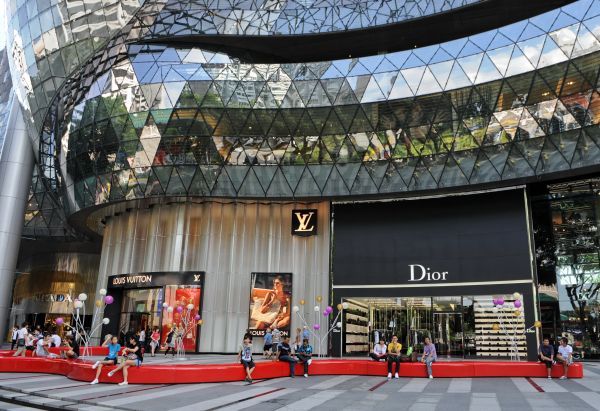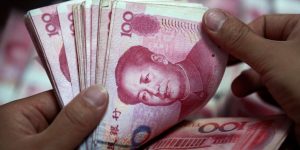Luxury brands turn to Asia for salvation
Wang Jing was all smiles as she strolled out of a Cartier boutique in Singapore after blowing close to 5,000 US dollars on a watch and a ring. “It’s something I have always wanted, and besides, the economy isn’t looking too bad at the moment,” the Chinese tourist in her early 30s, in Singapore for […]

Wang Jing was all smiles as she strolled out of a Cartier boutique in Singapore after blowing close to 5,000 US dollars on a watch and a ring.
“It’s something I have always wanted, and besides, the economy isn’t looking too bad at the moment,” the Chinese tourist in her early 30s, in Singapore for a four-day spree, said.
“There’s no reason for me to hold back,” she said with a laugh that is music to the ears of the global luxury goods industry.
From diamonds to designer tea, high-end retailers battered by financial turmoil in the United States, Europe and Japan are now looking to China, India and other developing Asian nations for salvation.
“Apart from Japan, the Asia-Pac countries have seen positive growth and many luxury brands are now looking to the region as a means of gaining revenue and keeping afloat during these difficult times,” said Fflur Roberts, a global luxury goods manager with marketing research firm Euromonitor International.
Swiss group Richemont, whose brands include Cartier and watchmaker Vacheron-Constantin, reported in January that December quarter sales rose 2.0 percent to 1.6 billion euros (2.3 billion dollars), thanks largely to Asia.
Richemont’s revenue from Asia grew 25 percent while key markets in the Americas, Japan and Europe contracted during the October-December period.
London-based Euromonitor estimates that spending on luxury goods in Asia will grow 3.5 percent to 54 billion dollars this year, compared to just 2.2 percent globally.
Individual Asian markets such as China and India are expected to post double-digit sales growth as demand for fine leather goods, watches and jewellery mounts.
Analysts from research firm Boston Consulting Group are especially bullish on China and tip it to become the biggest consumer of luxury goods in the next five to seven years.
In South Korea, government statistics showed luxury goods sales at major department stores — Hyundai, Shinsegae and Lotte — increased 15.7 percent year-on-year in 2009.
“We don’t have to fight over an existing pie as new pies are popping up endlessly,” a spokesman for Hyundai Department Store told AFP.
Even tea, a humble Asian mass-market beverage, is getting a makeover from entrepreneurs tapping affluent Asians’ love affair with luxury branding.
Singapore-based TWG Tea, established in 2007, has experienced stellar growth after launching a range of designer blends and setting up a European-style salon in Singapore’s newest luxury mall.
Co-founder and chairman Manoj Murjani said revenue exceeded 30 million dollars in 2009 from sales of over 700 tonnes of tea.
“This year’s sales will triple, at a minimum,” said Murjani.
In China, top European luxury labels are pouring in resources to fortify their presence in the economy, forecast by the International Monetary Fund to grow 10 percent in 2010.
Chanel opened a new flagship boutique on Shanghai’s riverfront Bund in December.
Cartier held a jewellery exhibition in Beijing’s Palace Museum in September while Hermes announced in January it would open a Chinese subsidiary that will sell furniture, clothes and household goods.
China’s consumption of LVMH goods rose by 15 percent in 2009 and now represents six percent of all company sales, according to the firm.
For two of LVMH’s leading brands, the figures are more striking — China is now the world’s top consumer of Hennessy cognac and the second-biggest Louis Vuitton buyer.
Hermes’ sales jumped 32 percent in Asia in 2009, excluding Japan, and it will open four new shops in China in 2010.
Louis Vuitton plans to open five including two in Shanghai, host city for the 2010 World Expo from May to October.
For the moment, some Chinese shoppers like Wang prefer to venture overseas to check out the full range of Western luxury goods.
“The quality and style justify the price tag,” she said.
Source: AFPrelaxnews, 2010










